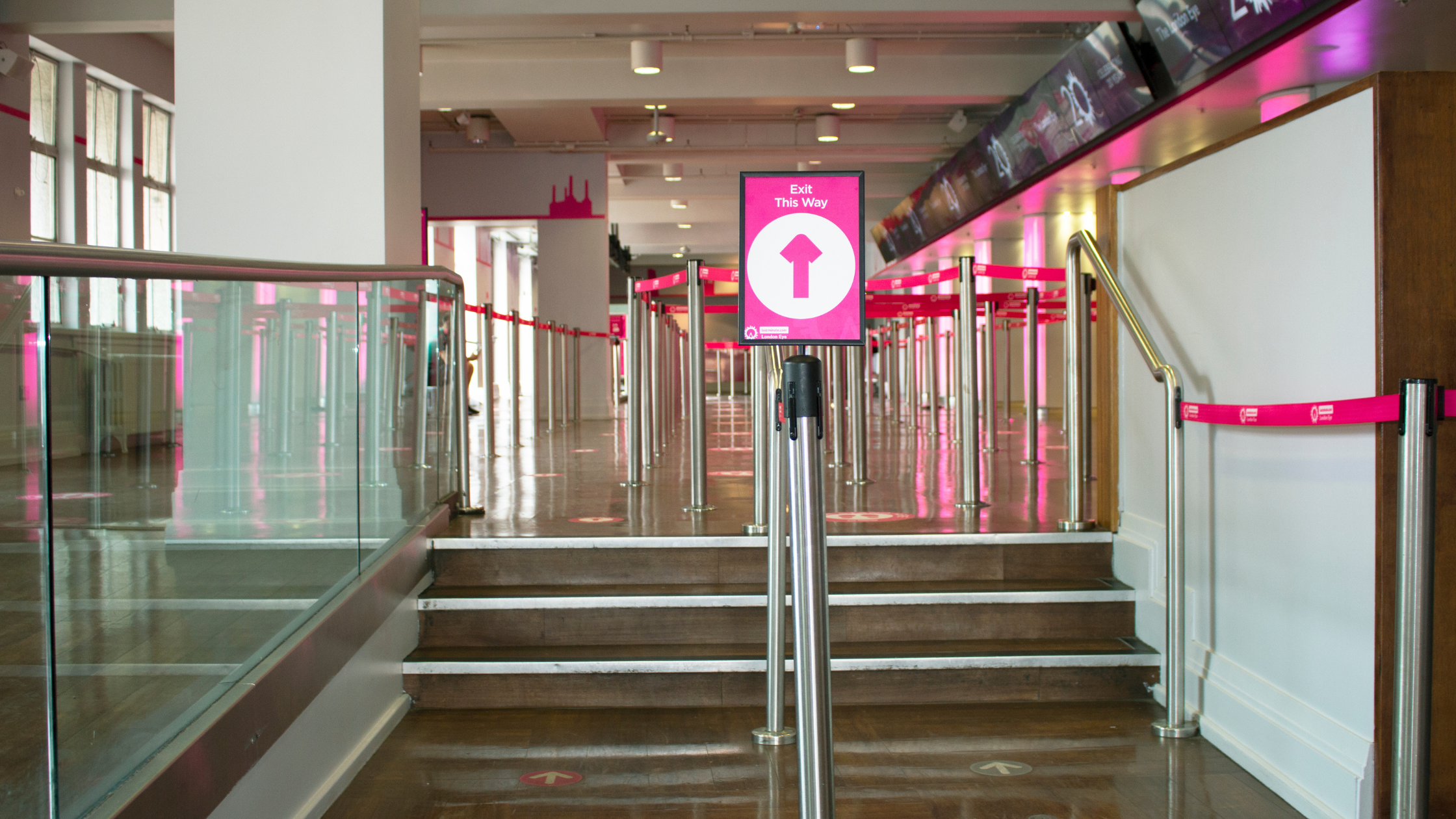- Home
- Sectors
- Solutions
- Tensabarrier®
- Tensamedia® Wayfinding and Signage
- Lawrence® Post & Rope
- Tensator® Airport Passenger Guidance System
- Electronic Queuing – eQ™
- Tensaguide® Modular Barrier System
- Tensator Micam Protection – TMP
- Safety Solutions
- Access Control
- In-Queue Merchandising
- Virtual Queuing – VQMS
- Tensator® Virtual Assistant
- Custom & Bespoke Solutions
- Resources
- About
- Contact Us
- Shop
 English (English)
English (English)
26
Oct
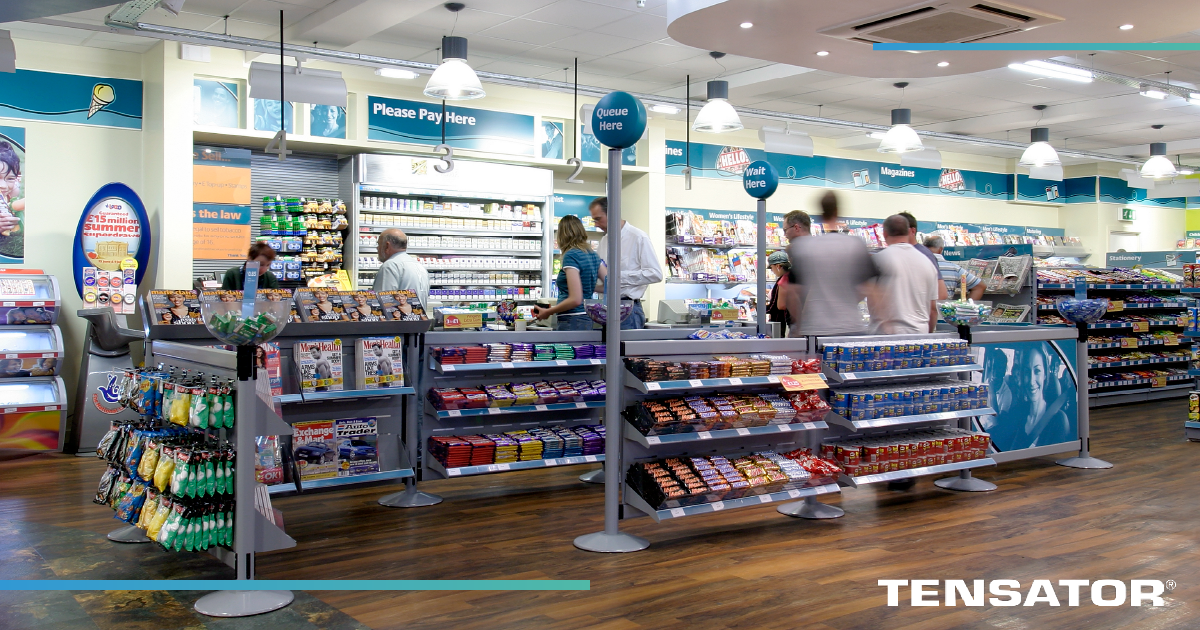

According to a survey made by The Integer Group, 9 out of 10 shoppers will impulse buy something which isn’t on their list going into a store. This number may seem unusually high at first, but upon inspection it makes a lot of sense. After all, which shopper among us hasn’t given in to temptation and made an impulse purchase?
The retail sector is about to undergo it’s first true peak since before the pandemic as lockdown restrictions have been lifted. However, there are going to be challenges with inflation rising and the cost of living struggle many are facing.
Therefore, understanding customer buying behaviour to ensure you are snapping up impulse purchases is going to be even more important this year. Indeed, the significance of impulse buying today is arguably more important that the peak periods previously. This article will look into:
- What is impulse purchasing (or impulse buying)?
- Possible factors influencing consumer behaviour.
- How your business can maximise revenue from impulse buying.
What is impulse buying?

This is a clear definition of impulse purchasing. In other words, it is when the “oh, go on then!” mentality transforms into a reality. Tuija Riekkinen, in her blog, cites there are 4 types of impulse purchase:
- Pure
- Suggestion
- Reminder
- Planned
Each of these types helps us to answer the question, “what is an impulse purchase?” Interestingly, each of the 4 types of buying behaviour cited are based on the customer’s mentality at the time. However, there is one factor which is the same throughout – each are snap decisions made in the heat of the moment.
If you have ever bought something right before checkout just because you wanted it, Riekkinen cites this is an example of a pure impulse purchase. Some shops may utilise colour psychology to prompt you into buying. Using a captivating bright red signage product in your queue is usually the first step to drawing you in.
On the other side of the spectrum, a “planned” impulse purchase may appear to be a contradiction. After all, we defined impulse purchasing as something “unplanned”. It is important to note the “planned” part of this is not the purchase itself, but instead the customer’s state of mind. It is often triggered by promotions, offers, or slashed prices. Here the customer still buys something which wasn’t on their original list, but they end up rationalising it to themselves first.
Why do shoppers make impulse purchases?
Now we know what an “impulsive purchase” is. The next step: understanding.
With the numerous techniques at their disposal, the question we need to ask is “what makes these techniques work?” Or, another way to think about this: “why do customers respond so reliably?”
Godwin Ofori explores what psychology knows about impulse buying in his article. In it, he highlights how consumer motives are drivers in goal-directed arousal. As a result, after an impulse purchase, a shopper can believe they have achieved something because of it.
“…consumers may believe that buying objects will provide emotional gratification, compensation, rewards, or else cut their negative feelings.”
When a customer buys a product in the spur of the moment, emotions and feelings are normally the triggers.
Francis Piron in his NA – Advances in Consumer Research Volume 18, draws attention to possible reasons behind impulse purchasing.
He states, “existing definitions fail to adequately capture impulse purchasing by focusing on one element of the phenomenon (i.e., the purchase itself) to the expense of another (i.e., the consumer).”
Essentially, both the purchase and the consumer need to be considered when looking at the causes behind impulsive purchasing. The product and the buyer’s motives go hand-in-hand to prompt the emotional response.
A combination of emotion and logic, tying together to push a shopper into purchasing an unplanned product. For a business, understanding these different positions can be beneficial when trying to influence customers to impulse buy products.
Let’s paint a scenario to help us see this in action.
Bob’s Shopping Trip
Bob was doing his weekly shop and wandered into the fruit section. On his shopping list were bananas and strawberries. They were his favourite fruit. However, in the middle was a large sign which said “REDUCED APPLES.”
Now, Bob loves a good apple pie, and these apples are cheap. He could always….make an apple pie. The family might enjoy it. He wouldn’t be that out of pocket if he were to grab a few…
“Oh, go on then.”
Here, we can see the signage has prompted Bob to make an impulse purchase. You may be thinking, “reduced apples aren’t going to bring that much extra revenue.” And you would be right.
But apple pie isn’t made with just apples, is it?
Suddenly, Bob, who was only going in for his weekly shop, now needs to buy extra ingredients for his pie. Flour, eggs, etc. Each of these is an example of impulsive purchasing. The combination of emotion and logic has pushed the shopper into purchasing extra products that weren’t originally on the list.
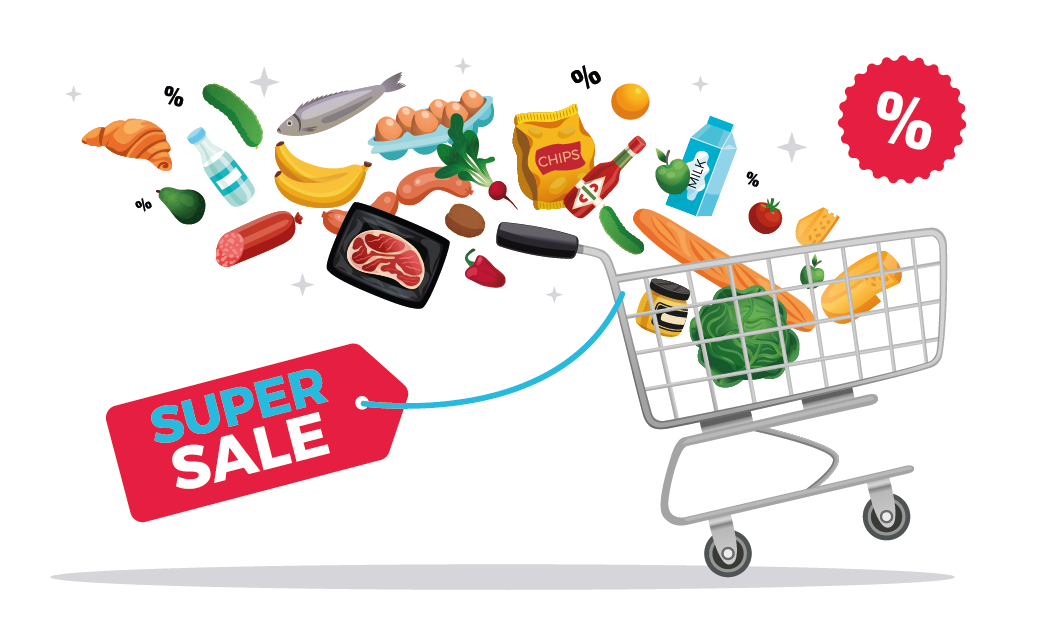
This type of customer buying behaviour is very common. Many shoppers will have found themselves in similar scenarios to this. It is all too common for a visitor to fall to the temptation of a bargain. So when a business is looking to boost impulse shopping from customers, understanding the psychological factors of buying behaviour can be a strong step in the right direction.
Using queue psychology to boost impulse buying
Impulse purchases are an easy way to boost revenue and sales in a business. However, one space which can be better utilised is the queue area. At point-of-purchase, retailers regularly use displays of items and products to encourage impulsive buying. It is an interesting step in the customer buying behaviour process, as the queue is one of the strictest areas in a business where the products one sees are fully pre-determined. While they wait in a queue or a line, the shoppers can browse and impulse buy items right up until they pay and leave.
 Understanding queue psychology can be helpful when considering the factors influencing consumer decision making. This knowledge can be a helpful tool when exploring methods to boost impulse purchases once a customer reaches the checkout.
Understanding queue psychology can be helpful when considering the factors influencing consumer decision making. This knowledge can be a helpful tool when exploring methods to boost impulse purchases once a customer reaches the checkout.
For example, in the survey conducted by Millward Brown (commissioned by digital POS provider Impax Media), 84% of customers said that watching content on the displays helped the time spent waiting in the checkout line pass more quickly. What does this mean, and why does this matter? Essentially, this statistic highlights how audiences are susceptible to digital displays while they wait, which therefore makes it easy for your business to target customers promotions and new products.
As a rule, occupied wait time is preferred to un-occupied wait time. By providing ways to distract customers and shoppers from their queue, your business can instead use this time to capture those last minute impulse purchases.
For example, digital signage can provide engaging content to customers as they wait in line. Use in-store digital displays to transform waiting time into extended shopping time. Digital signage can then help you highlight promotions and new products.
What can help maximise impulse purchasing in your queue?
The goal is simple: draw customer attention to products they didn’t even know they wanted.
When designing your queue layout, products found in our In-Queue Merchandising range are ideal for physically holding your items. IQM systems can be adapted to suit any size or requirement. This makes them extremely versatile and efficient.
- Boost impulse purchases up to 400%.
- Increase margins up to 30%.
- Reduce customer walkaways by up to 96%.
Highly customisable, the products are used to go in front of the point of sale. This helps boost the impulse purchase revenue created from customers while they wait. Made for Tensabarrier®, you can integrate products accessories directly onto your existing Tensabarrier® queue barriers.
Merchandising Bowls are an excellent place to start. Designed as an easy-to-add merchandising fixture, they connect to the top of any Tensabarrier® post. Manufactured from lightweight polycarbonate plastic, they easily resist the wear and tear of large crowds. The transparent plastic allows customers to see the contents clearly. Customers can then see any bright packaging on items: one of the impulse factors needed to trigger the emotive response of impulsive purchase behaviour explored earlier.
Generate extra revenue anywhere with the Impulse Merchandise Tower. Featuring 4 merchandise bowls placed on a vertical stand, they can generate extra impulse purchases from other areas of your store. The circular design with 360 degree visibility of the contents helps maximise buying opportunities to customers.
The above are just two options available to businesses within the In-Queue Merchandising range. Our customisable solutions also feature products like shelves, wire baskets, hooks, and prongs. By utilising the full range you can ensure impulse items are displayed while customers wait. Learn more in our brochure.
With the advent of self-checkouts, the space available for impulse purchasing has been severely limited. Although they maximise convenience for the customer this lack of space can be extremely damaging to impulse purchase statistics. While performing the checkout process, a customer is less likely to make an impulse purchase because they are focusing on the task at hand. During a traditional checkout, this isn’t the case. By focusing on the queue space before the point of sale, you can reinvigorate impulse buying behaviour in consumers to reclaim some of that lost real estate.
Queue Signage
When you have products on display, the next step is to trigger the emotional response within your customers. Digital displays and static signage solutions are easy ways to push promotions and products which can result in impulse purchases. Our Tensabarrier® post-top signage for instance, can be fitted onto your existing queue system to highlight promotions while boosting wayfinding and navigation.

Tensamedia Signage Solutions
Compliment your In-Queue Merchandising™ range using Tensamedia® queue management solutions. Digital media displays like our InQ-tv® can be used to excite queuing customers while also reducing perceived waiting times. Combining signage with excellent presentation of your products is an easy way to enhance the customer buying behaviour process to increase impulse purchase.
Conclusion
To summarise, impulse purchases are far more common than you believe. If 9 out of 10 shoppers are purchasing outside their list, then it is an easy way to maximise revenue. Remember, it is not enough to just place products in front of customers and hope they snap them up.
Use signage and product presentation to trigger the emotional response within customers. When they walked into your shop, they didn’t even want the item. The goal of your signage should be to influence changes in consumer buying behaviour. The aim is to make them not only want to purchase the products, but then to even justify it. Ensuring customers are left feeling upbeat after an impulse purchase which will leave them with a positive shopping experience. This in turn can lead to repeat ventures to your shop.
In-Queue Merchandising™ solutions can turn “dead” space into extended shopping time. When planned and executed correctly, retailers can boost queue impulse purchases by up to 400%. The aim is to turn your customer flow into cash flow.
- Evolve your queue with IQM™ solutions and Tensamedia® signage solutions.
- A customer realises they need the product more than anything else in the whole world and if they don’t get it in this shopping trip then they will almost certainly miss out on what could be an incredible opportunity!
- “Oh, go on then!”
Did You Find This Blog Helpful?
If you found this blog interesting, helpful, or informative (or even all 3!), then please:
- Let us know with a comment.
- Add a link in your next post on social media.
- Provide a link in your next email newsletter.
- Bookmark this page and revisit later.
- Get in touch with us for any questions or queries you have!
You can also follow us on LinkedIn, Facebook, Twitter, and Instagram for more updates and interesting content.
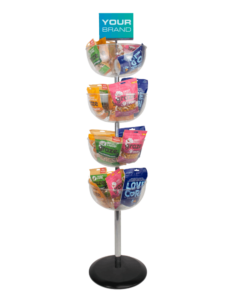

 5 Tips to Help Retailers Bring Back High Street Shopping
5 Tips to Help Retailers Bring Back High Street Shopping 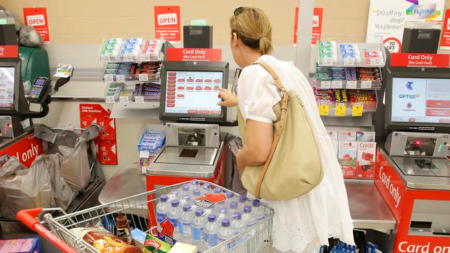 Are self‐checkouts a win for the customer or the retailer?
Are self‐checkouts a win for the customer or the retailer?  5 ways to create in-store experiences that increase sales
5 ways to create in-store experiences that increase sales  In-Queue Merchandising
In-Queue Merchandising 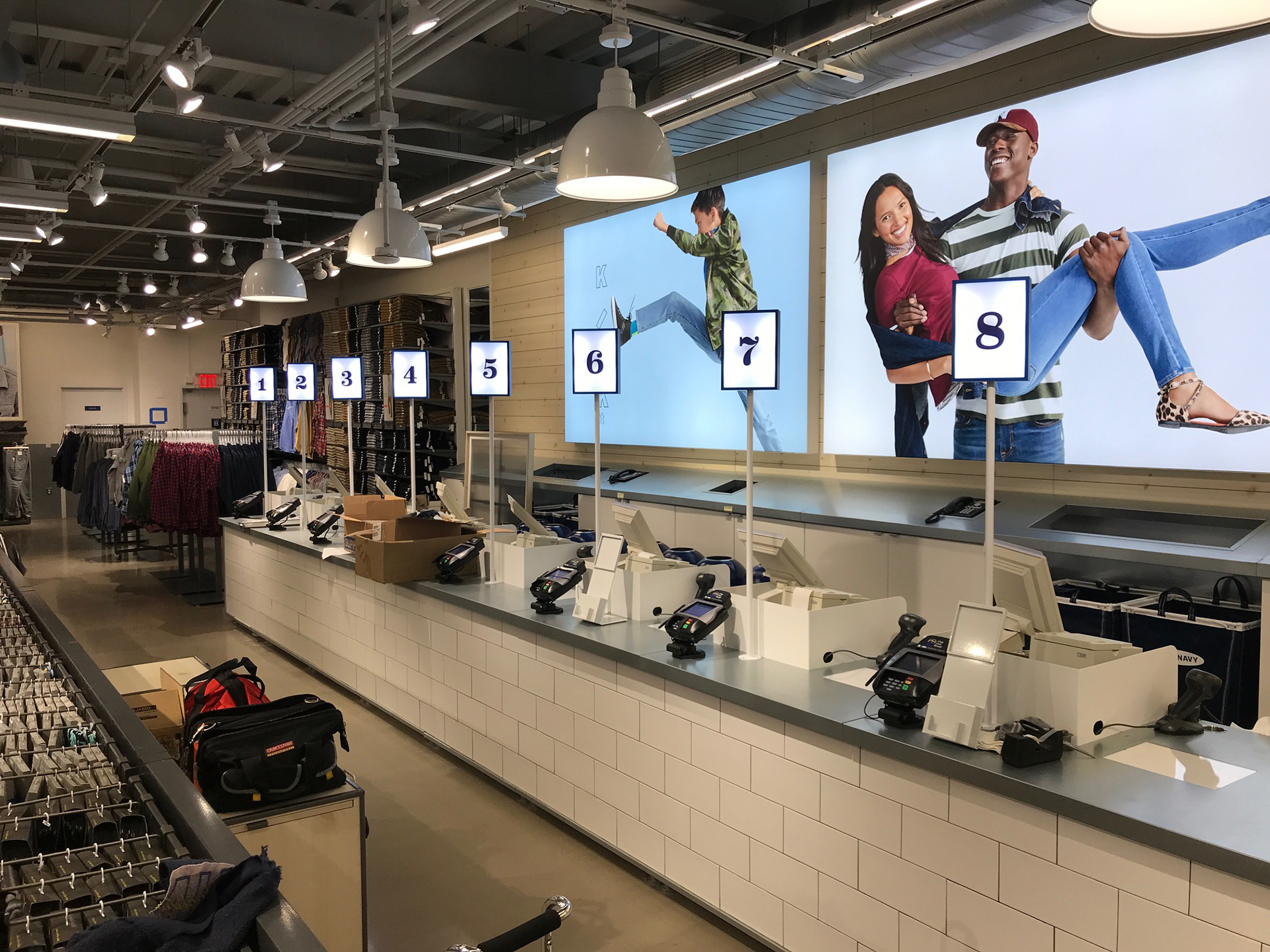 eQ™">
Electronic Queuing –
eQ™">
Electronic Queuing – 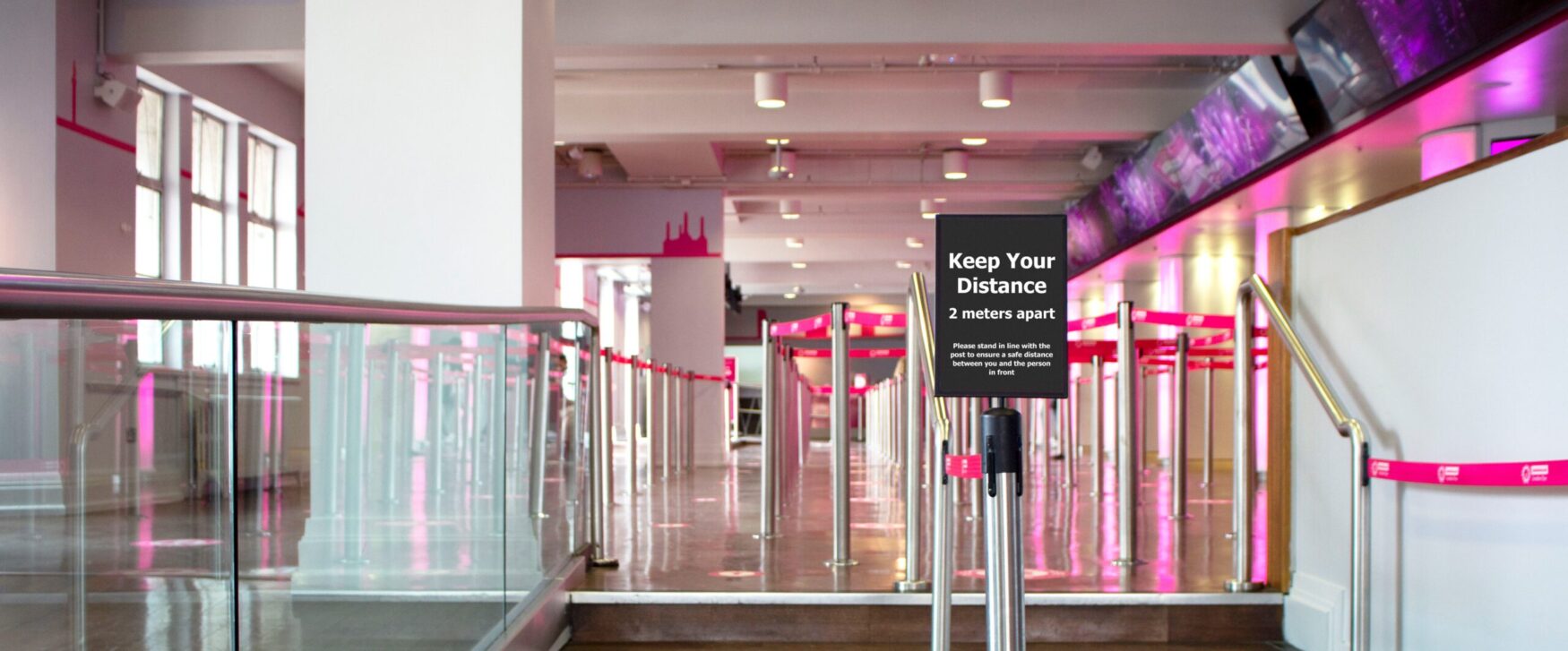 Post Top Signage
Post Top Signage  Retail
Retail 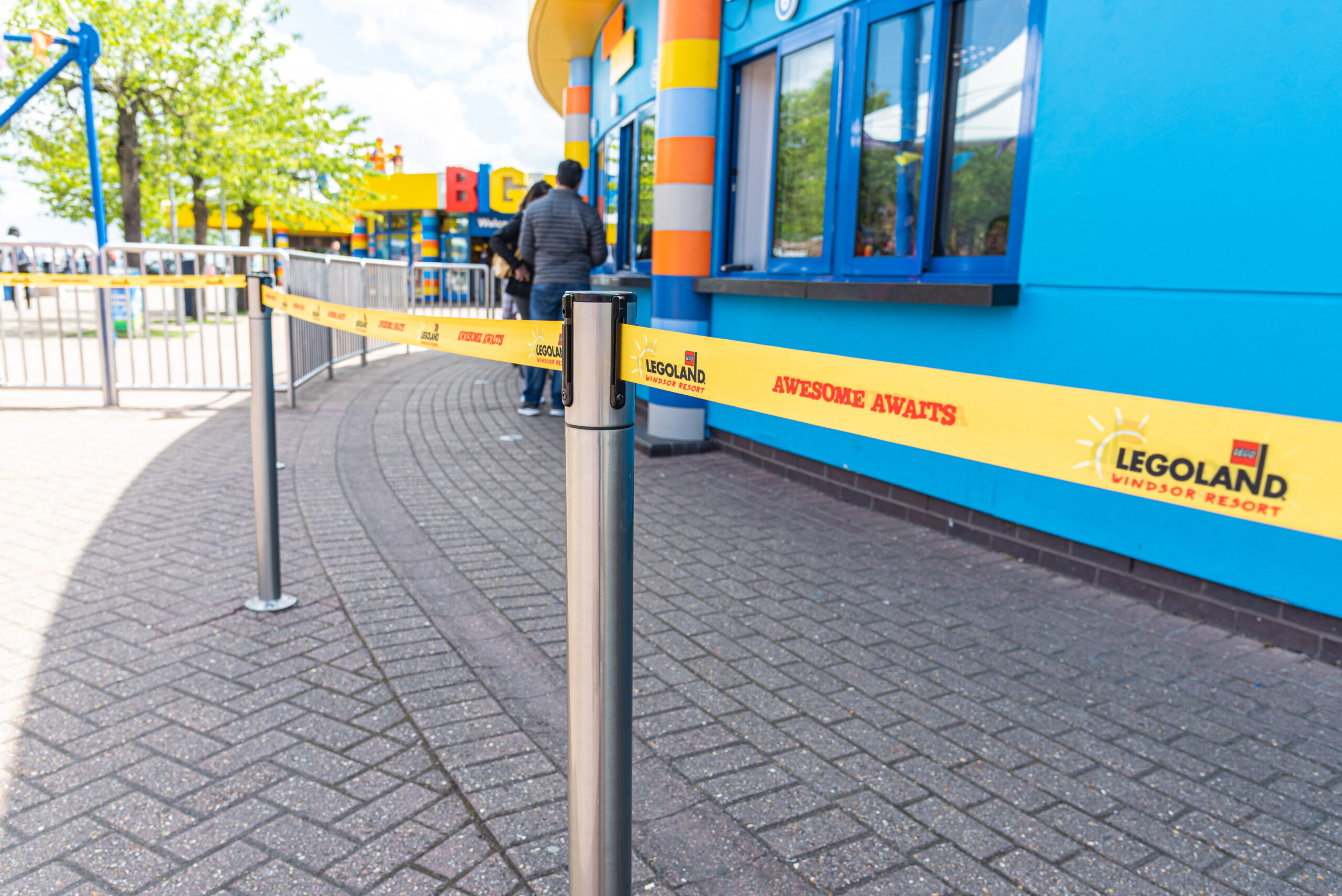 Leisure & Tourism
Leisure & Tourism 
